Read this in [est_time]
Leaves fall and pumpkins ripen; autumn blooms in this side of the hemisphere. And autumn brings us warm food and round flavours. Check out our list of this season’s best ingredients, and their pairings.
Pumpkin
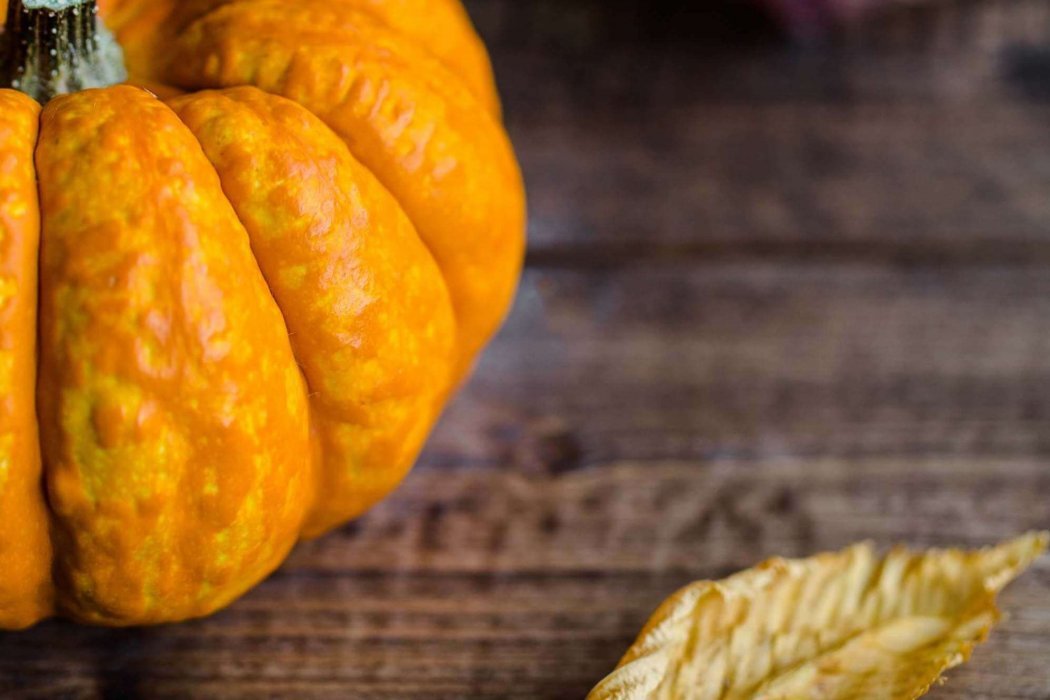
Forget about Halloween, we want more pumpkins in our lives. We’re fortunate that Portugal is a great country for pumpkin-growing, and pumpkins go a long way back in our gastronomy. When we think about pumpkins, we’re reminded of delicious soups, filhós, sonhos, compotes, pies, bread and roasts. And that being said, let’s choose among some Portuguese-grown varieties: abóbora-cheirosa (Cucurbita moschata), calabash (Lagenaria siceraria), abóbora chila (or gila) (Cucurbita ficifolia), abóbora-menina (Cucurbita maxima), abóbora porqueira or abobrinha (Cucurbita pepo). The smaller the pumpkin, the more concentrated is its flavour and less watery is its content. Oh! And the seeds are also edible, just wash and toast them in the oven with a pinch of salt.
Pumpkin pairs with:
Meats & shellfish: bacon, pork and shellfish
Dairy: blue and goat’s cheese
Fruits & nuts: apple, lime, almonds and chestnuts
Vegetables & fungi: mushrooms
Herbs, spices & others: rosemary, nutmeg, sage, ginger, cinnamon and chilli
Mushrooms
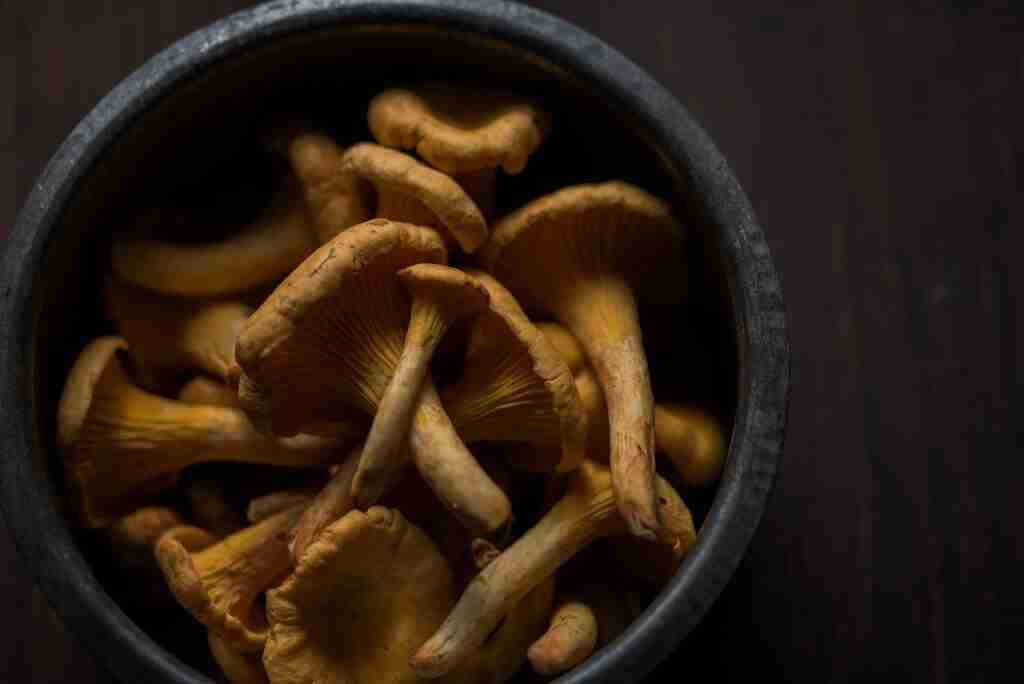
Autumn’s moisture brings us a diversity of wild mushrooms, and it is a moment that cannot be wasted. Naturally, we do not recommend to anyone picking wild mushrooms, which should only be done by professionals or highly experienced amateurs, due to the serious risk of poisoning (we don’t want to die, do we?). However, some of their wonders may be found in specialty grocery shops during this time of the year, as is the case of the yellow knight (Tricholoma equestre), chanterelle (Cantharellus cibarius), boletus (Boletus edulis, Boletus granulatus, Boletus scaber), parasol mushroom (Lepiota procera) or horse and scaly wood mushrooms (e.g. Agaricus arvensis, Agaricus sylvaticus), amongst others.
Mushrooms pair with:
Meat, fish & seafood: beef, pork, bacon, chicken, eggs, oysters, oily and white fish
Dairy: butter, cream, blue and goat’s cheese, cured and soft cheeses
Fruits & nuts: apricots, tomato, blueberries, chestnuts and walnuts
Vegetables: garlic, onion, asparagus, pumpkin, potato and truffles
Herbs, spices & others: star anise, fennel, mint, rosemary and thyme
Persimmon
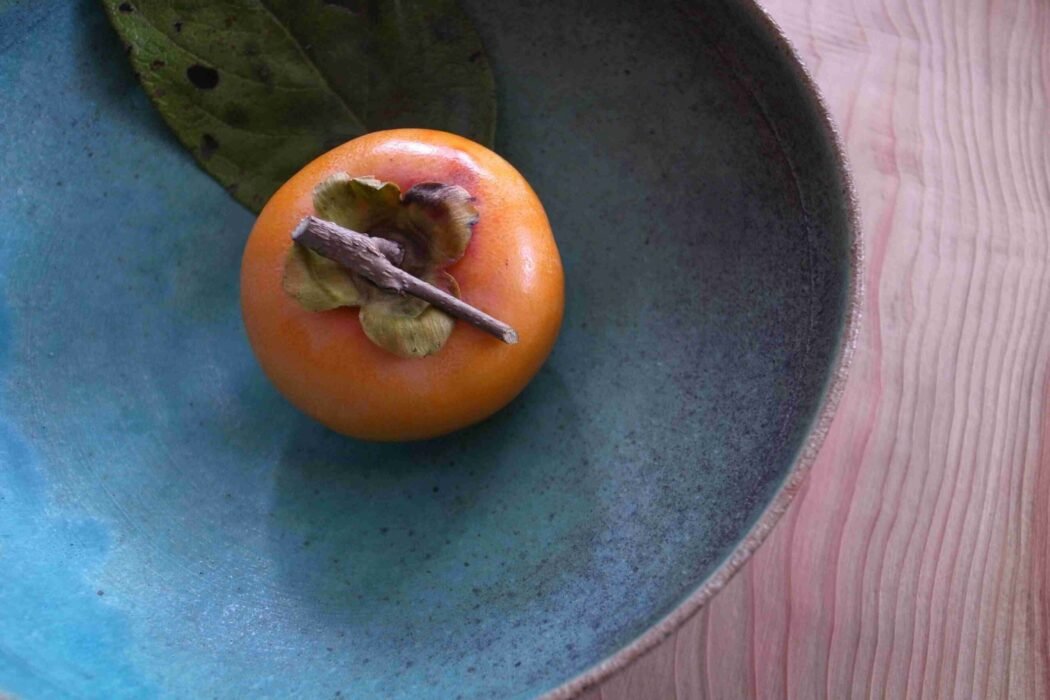
The Asian persimmon (Diospyros kaki) is a wonder fruit, that may as much bemuse us or destroys us. No one can forget the experience of eating an unripe persimmon (it depends on the variety, of course). It’s hard to forget such astringent tannins, that are like sandpaper to our tongue. But a ripe persimmon is something that seldom fruits equal in delicate sweetness. It is thus important to know how to pick a perfect persimmon: we’re looking for a very soft consistency, without black spots or dark blemishes. You may eat the persimmon by iteslf, or take it into the world of pastry, into compotes, cakes, tarts and the likes.
Persimmon pairs with:
Dairy: goat’s cheese, cream cheese, ice-cream and yogurt
Fruits & nuts: banana, apple, figs, orange, almonds and walnuts
Vegetables: arugula, spinach, sweet potato and kale
Herbs, spices & others: black pepper, brown sugar, ginger and chocolate
Collard greens

The original collard, Brassica olearacea, was grown over 8.000 years ago and has through time and the selection of Man originated the huge variety of collard greens we all know, such as broccoli, cauliflower, cabbage, kale and Brussels sprout, among others. Portuguese kale (Brassica oleracea var. Acephala) is one of Portugal’s most loved greens, or don’t we all love a good caldo verde?
And cold makes good collard greens, we’ve all heard of it. That being said, we may now celebrate with soups, rice and sautées. In general, to choose the best collard greens, choose those with smaller leaves, that are more tender and tasty.
Collard greens pair with:
Meat & fish: lamb, pork, bacon, chicken, smoked fish and eggs
Dairy: blue cheese
Fruits & nuts: apples and chestnuts
Vegetables & fungi: onions, garlic, carrots and truffles
Herbs, spices & others: nutmeg, juniper, ginger and chilli
Apples
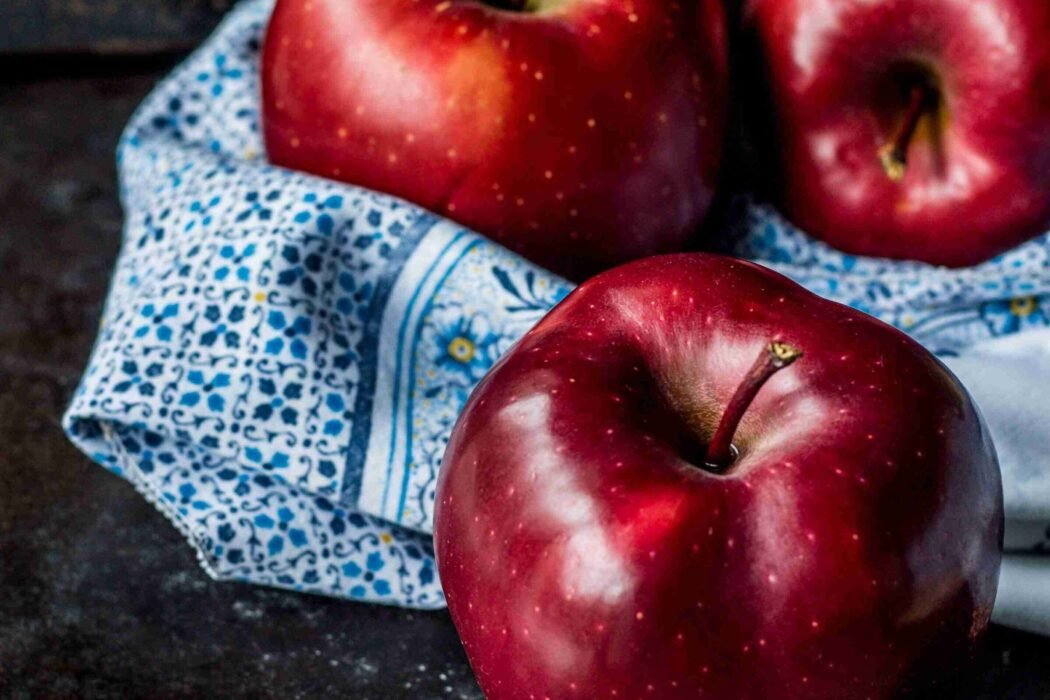
Today it’s easy to forget that apples (Malus domestica) are a seasonal produce, as they never disappear from fruit stands. In fact, many apple varieties are now in their most delicious phase. It’s true though there’s much to be said about the flavour of apples, with varieties that span from cloyingly sweet to extremely acid, from bland to floral and almost tropical. Regarding Portuguese apples, keep an eye out for Casa Nova, Porta da Loja, Verdeal, Riscadinha de Palmela and Bravo de Esmolfe. Foreign varieties such as Granny Smith and Fuji are also in tip top shape. To better preserve apples before eating them raw or cooking them, wrap unblemished apples in newspaper and store them in a fresh spot, inside baskets.
Apples pair with:
Meat & fish: pork, bacon, black sausage and liver
Dairy: cured and soft cheeses
Fruits & nuts: blueberries, blackberries, pears, oranges, pineapple, walnuts, almonds, peanuts and hazelnuts
Vegetables: celery, carrots, pumpkin, beetroot and collard greens
Herbs and spices: cinnamon, sage, vanilla, star anise and clove
Quince

There isn’t a cheese that doesn’t deserve marmalade, so there must be quince. That’s it, it’s time to get those copper pots ready for action, quince is back in business. As a close relative of pears, quince shares a similar flavour profile, although with a more floral and even tropical aroma. Quince’s tannins are somewhat intense, which gives it a more tart flavour, unlike pears, but helps it pair well with salty elements. Since the Middle Ages that quince (Cydonia oblonga) is a part of the Portuguese garden, and since then uncountable homemade marmalade recipes have been perfected, which are divided between white and red marmalade, the most common. Oh, and let’s not forget about quince jelly (my favourite). Quince is also great for cakes, pies, warm salads and roasts. You may ripen quince in punctured paper bags, and after maturing keep them in the fridge.
Quince pairs with:
Meat: cured/smoked meats (marmelade)
Dairy: soft, cured and semi-cured cheeses
Fruits: tomato, lychees, banana, pineapple, apple and pear
Vegetables: celery, carrots, pumpkin, beetroot and collard greens
Herbs, spices and others: black tea, honey, sweet wine and red wine
Pomegranates

The pomegranate bush (Punica granatum) brings us a luxurious and complicated autumn fruit. Choosing pomegranates is not complex, you need only to choose the heaviest, free from blemishes and with a bright red peel. The secret is to quarter the pomegranate, dip the fruit in a bowl of water and strain the ruby-red seeds that are ready for eating. If you desire, you may place the seeds in the food processor and a few moments later, voilá, we have juice (strain it before drinking, though). Pomegranate seeds, in their balance between sweetness, tartness, and acidity, are good for all kinds of pastry and are also great for accompanying meat dishes and salads.
Pomegranate pairs with:
Meat & fish: beef, sardines and mackerel
Dairy: cured cheese
Fruits & nuts: apple, tomato, mango, blueberry, coconut, olives and walnuts
Vegetables: fava beans, kale and spinach
Herbs, spices & others: chocolate, lemon verbena, black pepper and cinnamon
Pears
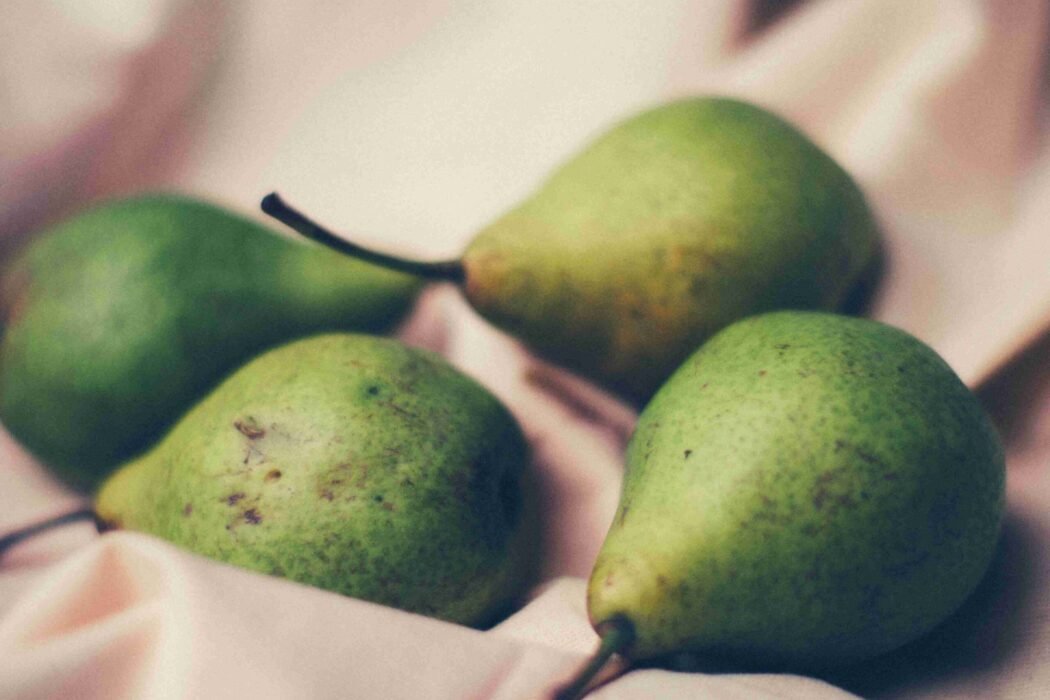
Although we eat pears (Pyrus communis, mostly) all year round, the end of summer and autumn is the best season for this wonderful fruit. That being said, you can find several Portuguese varieties such as Melão, Deliciosa da Beira, Cristo, Pêra do Cardeira, São Bento de Chaves, amongst others, which develop a mature succulence since the end of September. Buy pears with some level of maturation, although pears can be easily matured at home: you only need to place them inside a punctured paper bag and leave them at room temperature, but be careful not to let them mature too much. Pears quickly loose their ideal consistency and develop into a grainy mush. And now, what to do with them? Besides fresh pears, we can imagine them drunk (poached in Port wine, for example), in syrup, as cider, a compote, a tart, a cake, or with melted chocolate. Is there anything better?
Pear pairs with:
Meat: pork, ham, beef and chicken
Dairy: blue and goat’s cheese, cured cheeses
Fruits & nuts: bananas, chestnuts, hazelnuts and almonds
Herbs, spices & others: cinnamon, cardamom, star anise, chocolate, red wine and Port wine
Salsify
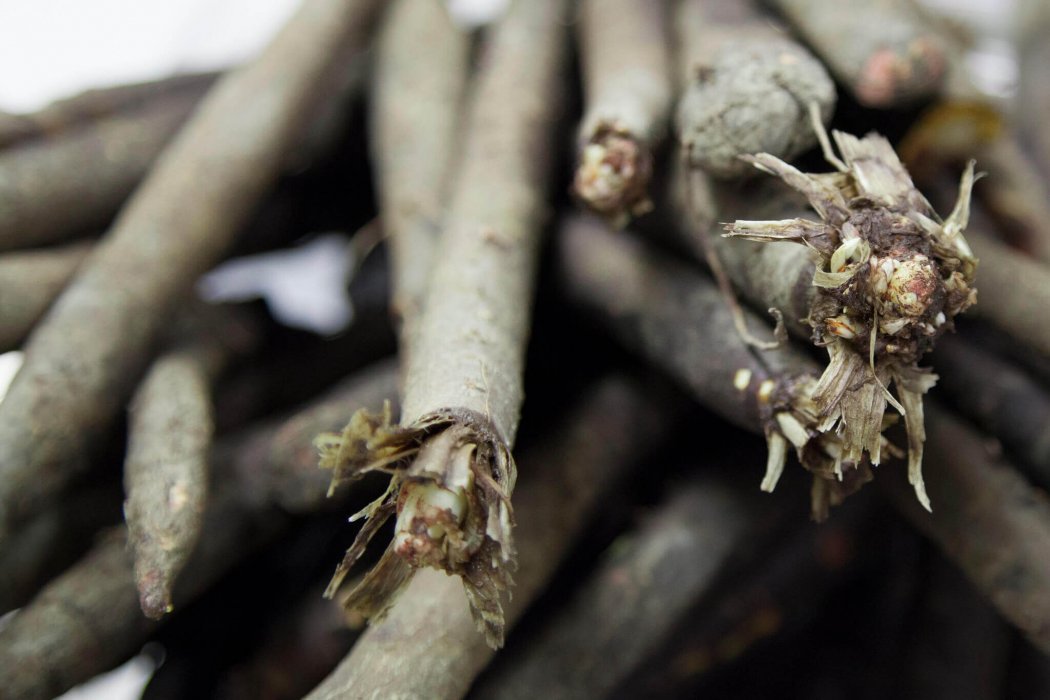
And here is the most uncommon ingredient in our list: salsify. This strange and tubular root is a cousin of the dandelion, that champion of spring salads. There is a white variety (Tragopogon porrifolius) and a black variety (Scorzonera hispanica). The flavour of both is similar, however, the black variety is meatier, less fibrous and with a nutty flavour. There are those who describe salsify’s flavour as a hybrid between a celery and an artichoke, but on the other side, there is a very distinctive oyster flavour to this root. Unlike what you’d expect, salsify isn’t a newcomer to Portuguese cuisine, as it is found in several recipes from the 17th to the 20th century, where it is known as escorcioneira. The doce de escorcioneira (salsify sweets), traditional to Évora, was lost in time over 50 years ago, maybe due to the changes in agricultural practices (and tastes). This delicacy is made of candied salsify wrapped in paper. All may not be lost, as there are those who have tried hard to recover the culture of salsify and the candy’s production, and it may even be seen in the Ark of Taste.
Salsify pairs with:
Meat, fish & seafood: chicken, ham, foi gras, salmon and oysters
Dairy: mozzarella and butter
Fruits & nuts: tomato, lychee, apricot and raspberry
Vegetables & fungi: asparagus and mushrooms
Herbs, spices & others: black tea, basil, mustard, dill and star anise

